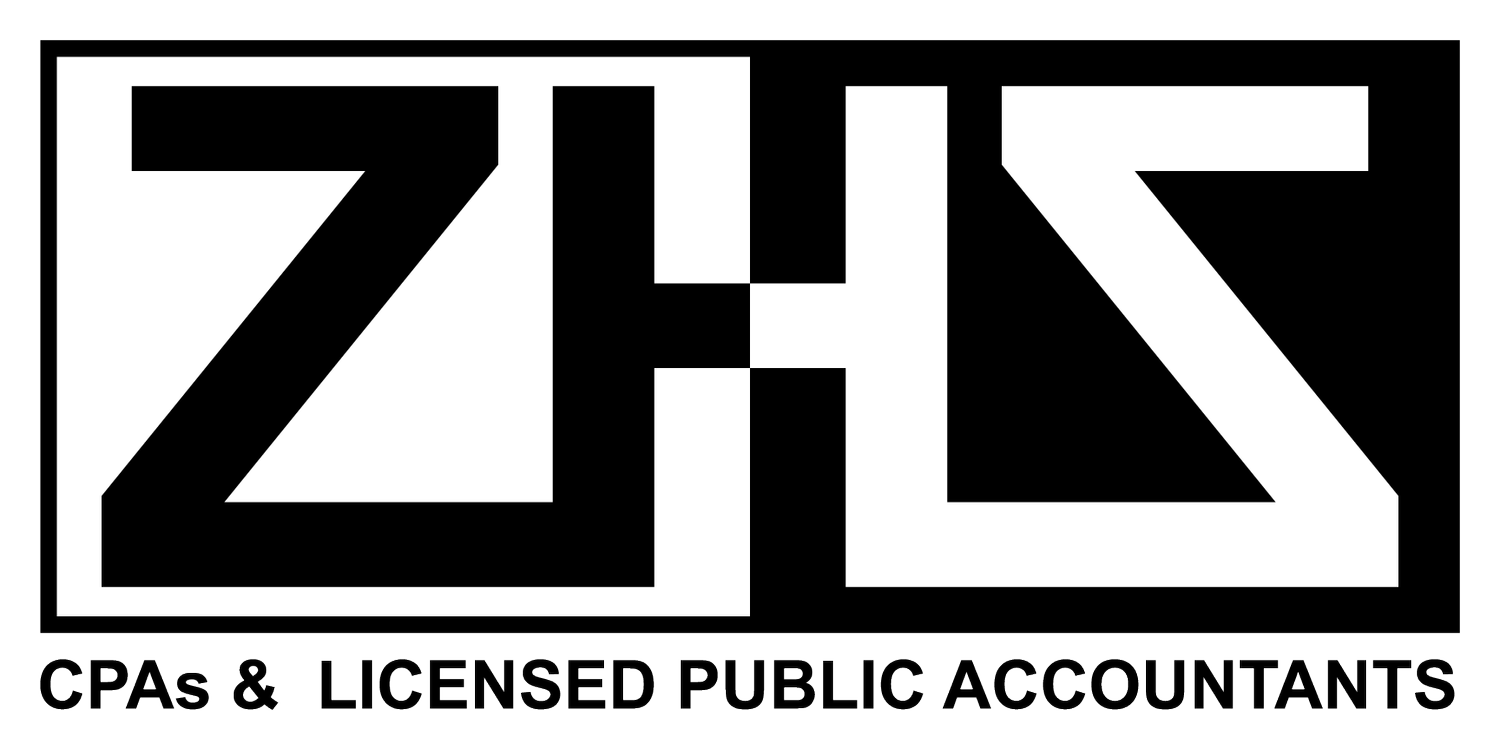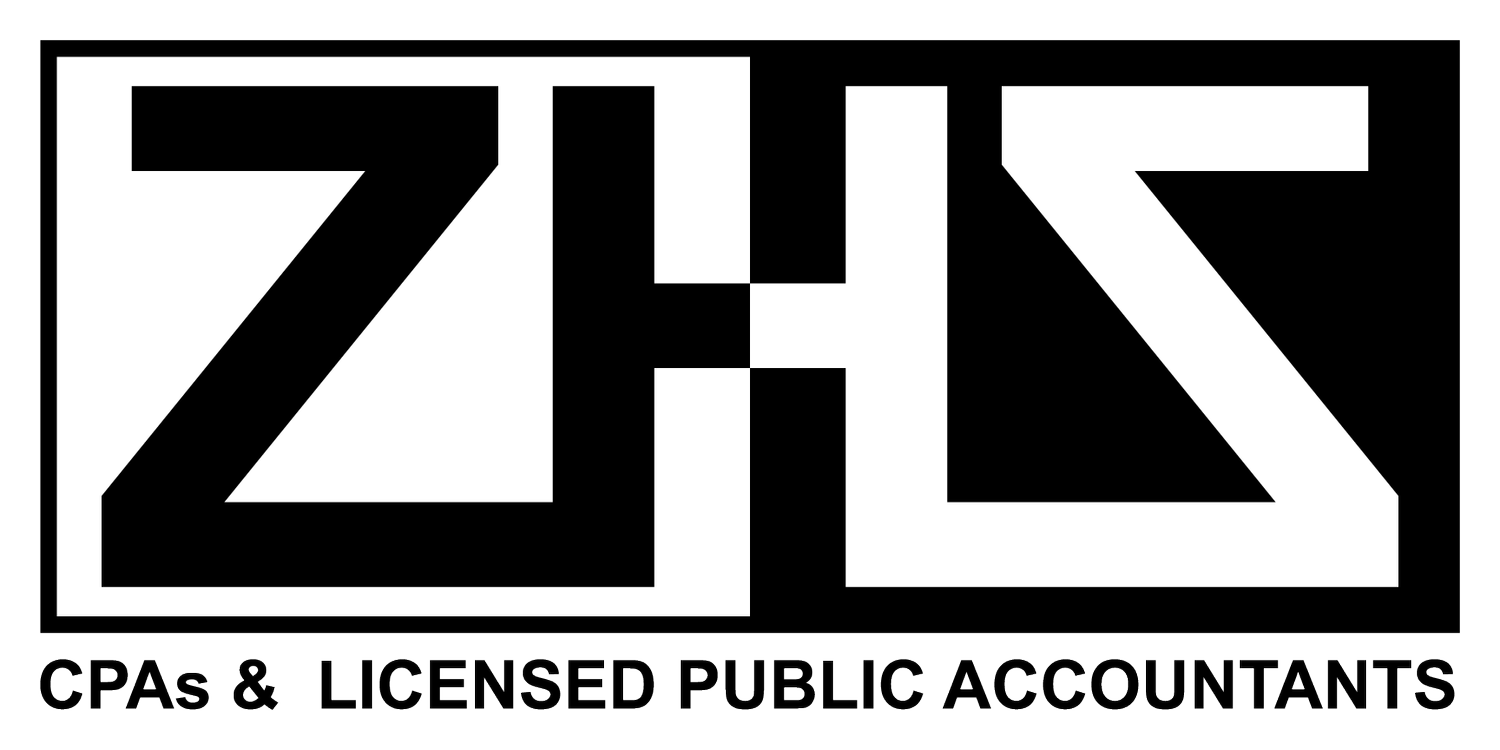Changes to federal COVID-19 support for individuals and businesses
With much of Canada returning to a modified lockdown due to the spread of the Omicron variant of COVID-19, the federal government has enhanced and extended some of its support programs for individuals and businesses.
Here are the highlights of the changes announced from
fall 2021 through to January 12, 2022.
Support for individuals
Canada Worker Lockdown Benefit
On October 21, 2021, the federal government introduced the Canada Worker Lockdown Benefit (CWLB). This new benefit provides $300 per week to eligible workers who are unable to work as a result of a temporary local lockdown. It covers the period between October 24, 2021 and May 7, 2022.
To be eligible, workers must:
be Canadian residents who are at least 15 years old
have earned at least $5,000 in 2020, 2021 or in the 12 months before they applied for the CWLB from:
employment income
net self-employment income
Employment Insurance benefits (including maternity and paternal benefits), or
COVID-19 benefits
have not received other government benefits for the period for which they are applying
have filed a 2020 tax return
have either lost their job or were unable to continue their self-employment work, or had their average weekly income reduced by 50% as compared to the previous year
The CWLB will not be available to those who:
leave their job voluntarily
turn down reasonable work
were laid off because they refused to get vaccinated against COVID-19
On December 22, 2021, the government announced that the CWLB would be extended beyond a complete lockdown to support eligible individuals affected by capacity-limiting public health restrictions of more
than 50%.
Canada Recovery Sickness Benefit and Canada Recovery Caregiving Benefit
The October announcement also extended these two benefits until May 7, 2022, and increased the maximum duration of these benefits to six weeks and 44 weeks, respectively.
Employee home office deduction calculation method
In the December 14, 2021 federal Economic and Fiscal Update (economic statement), the government announced that the optional simplified method of calculating an employee’s home office deduction, introduced in 2020, will be extended for 2021 and 2022. This method is available to employees who were required to work from home due to the COVID-19 pandemic and are not claiming any other employment-related expenses (such as the use of a car, or paying for a substitute or supplies, etc.).
The deduction is calculated as a flat rate of $2 per day worked at home. The maximum deduction under the simplified method has also been increased from $400 in 2020 to $500 for 2021 and 2022. Employees who claim other employment-related expenses may continue to use the detailed method to calculate their home office expense deduction.
You can read more about this calculation method in the December 14, 2021 Economic and Fiscal Update (economic statement).
Educator school supplies tax credit
The economic statement also enhanced the refundable eligible educator school supplies tax credit by increasing the tax credit rate from 15% to 25%, expanding the list of eligible expenses to include certain electronic devices, and eliminating the requirement that the supplies be used in a school or childcare facility.
Support for businesses
New targeted wage and commercial rent support programs
In October, the government announced two new programs to replace the Canada Emergency Wage Subsidy and the Canada Emergency Rent Subsidy, both of which ended on October 23, 2021. These programs, the Tourism and Hospitality Recovery Program and the Hardest-Hit Business Recovery Program, are both available until May 7, 2022.
The government also announced that the Canada Recovery Hiring Program would be extended to the same date. Eligible employers can claim whichever of these programs gives them the highest amount for each claim period.
Local Lockdown Program
The October announcement also introduced the Local Lockdown Program (LLP). It is available to businesses that experienced both of the following:
a complete lockdown for at least seven days of at least one location that accounted for at least 25% of their total revenue
a decline in revenue of 40% or more in the current month
On December 21, 2021, the government announced the expansion of the LLP to also cover businesses that have capacity-limiting public health restrictions of 50% or more. They also reduced the minimum decline in revenue threshold to 25%. Eligible businesses will be entitled to receive wage and commercial rent subsidies from 25% up to a maximum of 75%.
New tax credits
The December 14 economic statement also introduced two new tax credits for businesses. The first is a new 25% refundable tax credit for small businesses that meet these conditions:
They incurred expenses for air quality improvements in qualifying locations between September 1, 2021 and December 31, 2022.
Eligible expenses are limited to $10,000 per location, and $50,000 across all locations for affiliated businesses.
The credit is available to unincorporated sole proprietors and Canadian-controlled private corporations with taxable capital of less than $15 million employed in Canada in the preceding year.
Partners who meet these same requirements can also claim the tax credit for their share of a partnership’s eligible expenses.
The second is a refundable tax credit for farmers in provinces without federally-approved carbon pricing systems. This credit will return the federal fuel charge proceeds directly to farmers based on their eligible farming expenses. To be eligible for the credit, farms must incur farming expenses of at least $25,000.
Repayment deadlines extended
On January 12, 2022, the government announced that they were extending the repayment deadlines for the Canada Emergency Business Account and the Regional Relief and Recovery Fund from December 31, 2022 to December 31, 2023 for eligible businesses. Loans repaid by that date may be eligible for forgiveness of up to one third of the value of the loan.
As government assistance to respond to COVID-19 emerges and evolves, we will continue to keep you informed so that you and your business can get all the benefits to which you are entitled.
This story first appeared on CPA Canada’s online news site.

